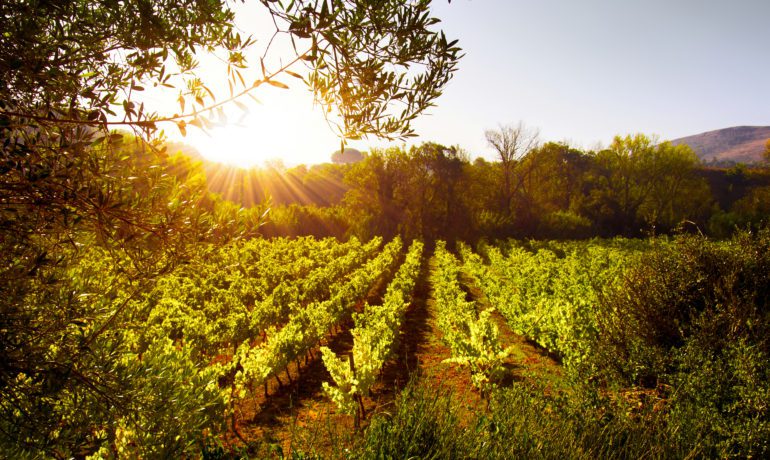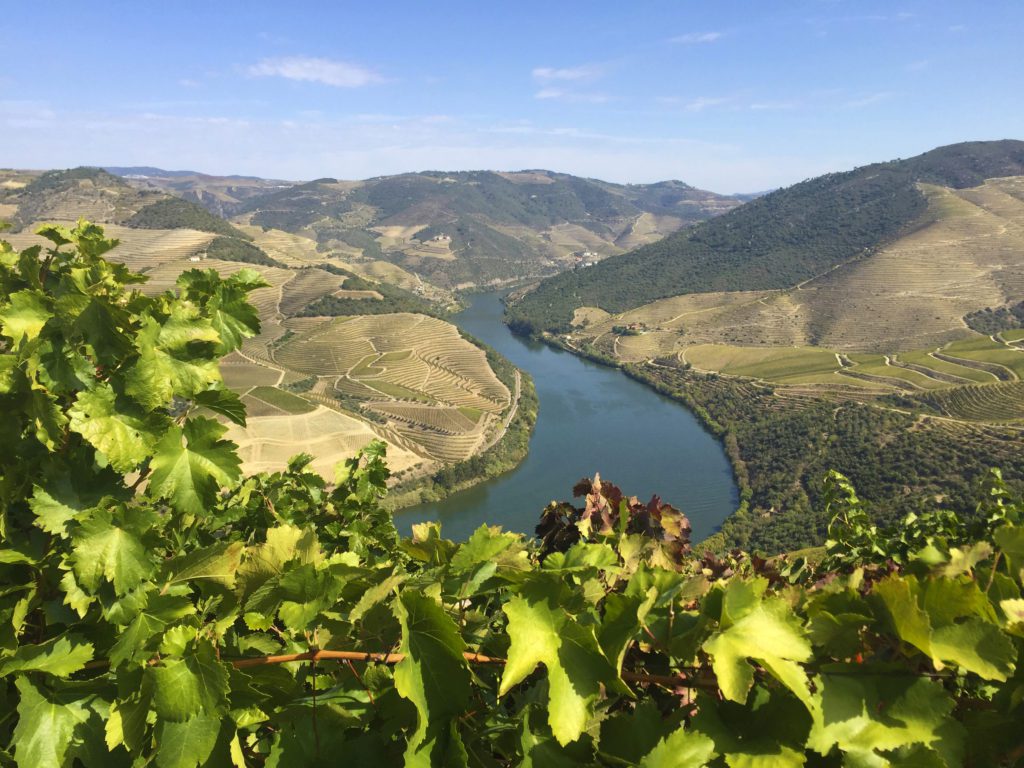
Portugal is a tiny country nestled along Europe’s westernmost Atlantic coast on the Iberian Peninsula. It has wild and rugged landscapes that are dappled by hot sunny skies tempered by morning fog along its beachy coasts. Rolling hills and rich soils make Portugal the ideal wine-producing country. Wine has been consumed in the region since the 7th century B.C. and made there since the 4th century B.C. Portugal has been making unique wine for its entire 1200-year history. Famous for its intensely complex fortified Port wines, Portuguese table wines are finally coming into their own.
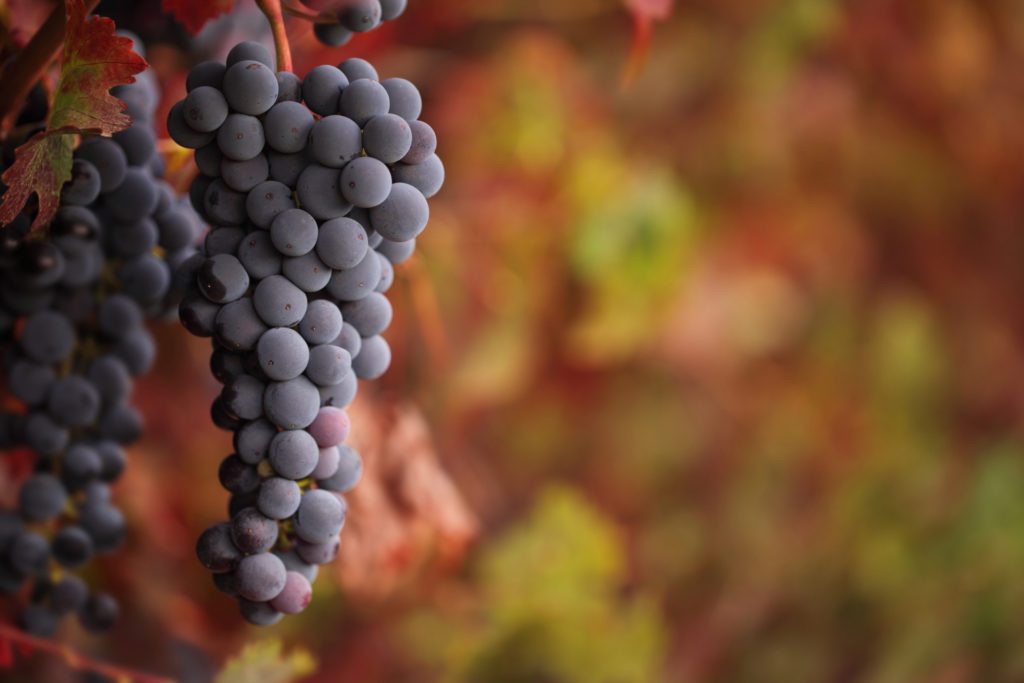
In the 1950s, Portugal introduced the world to Lancers and Mateus; the iconic, semi-sweet, pétillant (sparkling) rosés Portugal was known for. Modern Portuguese wines, produced from a range of indigenous and international grape varietals have come such a long way since then. Now, the country is recognized for its lush but rustic, highly quaffable red, white, and rosé table wines, tangy and effervescent Vinho Verdes, and delicious sparkling wines. Top trends in Portuguese wines include a focus on organic grapes, sparkling wines, and indigenous and international varietals. One of the hottest Portuguese wine regions is Estremadura, spanning from Lisbon to Cascais, along the Tagus River to the Atlantic Ocean
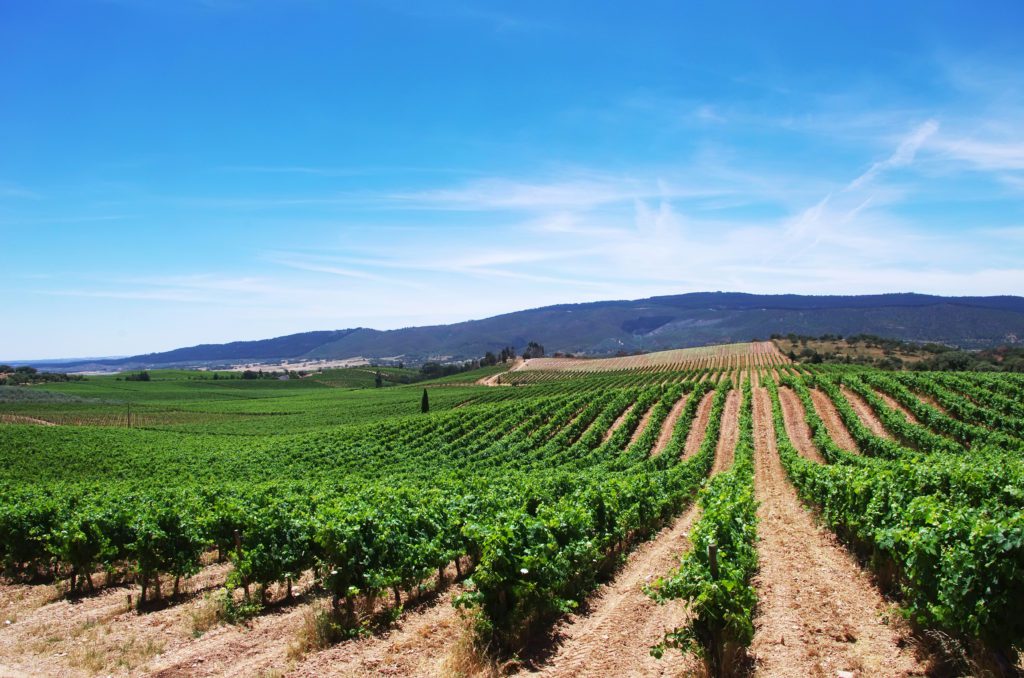
The Lisbon coast is home to the Estremadura region including Colares DOC (Denominação de Origem Controlada) and Carcavelos DO (Denominação de Origem) just outside Lisbon between the foothills of Sintra and Roca Cape. Lisbon’s urban sprawl limits the land available for viticulture and the demand has always been higher than the production, making these among one of the most expensive wines in Portugal. The naturally sandy soil prohibits the growth of the destructive phylloxera aphid which is pervasive throughout the world’s wine regions, so the Colares vineyards are some of the only European vines that are not grafted upon American rootstocks. The ungrafted Ramisco vines in the region are some of the oldest in Portugal. Ramisco castas (grapes) are known for their deep-colored, full-bodied red wines that are high in astringent tannins. Along with Ramisco, the principal grapes of the Lisbon coast include (red) Jampal, Castelão, and Preto Martinho, and (white) Arinto, Galego Dourado, and Malvasia. Red wines, which make up 75% of production, are grown from the Ramisco grape and are aged over ten years before being marketed. White wines, grown from a local variant of Malvasia, are meant to be drunk young. The Carcavelos DO specializes in a little known fortified dessert wine made from (red) Castelão andPreto Martinho, and (white) Galego Dourado, Ratinho, and Arinto.
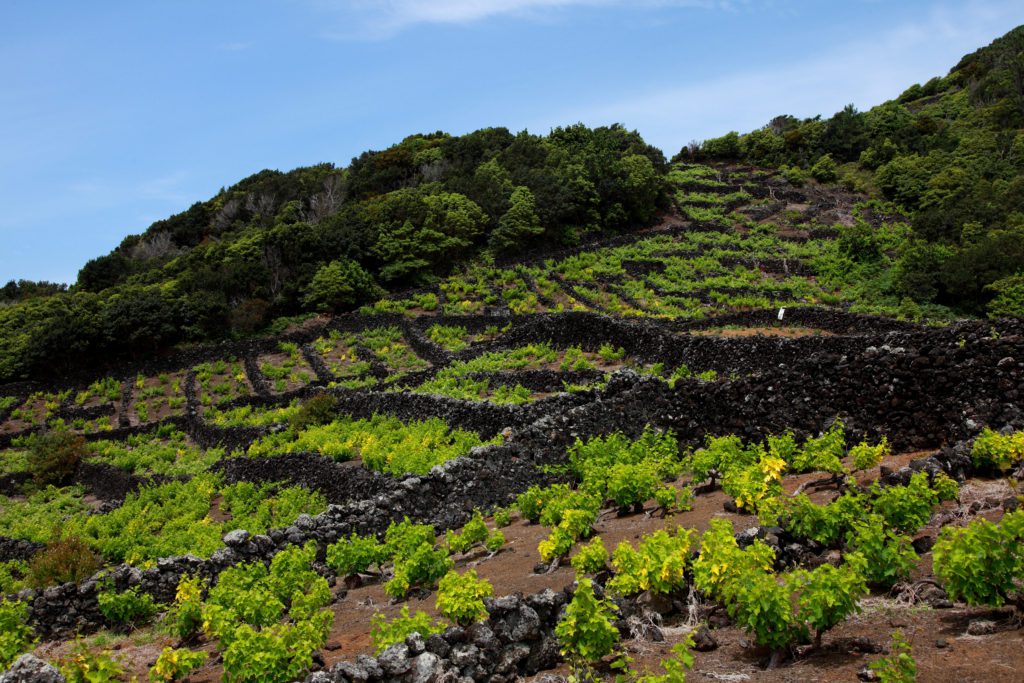
Two of the best Sipping Spots along the Lisbon Coast
Wines of Portugal has incredible, interactive educational tasting rooms in Porto and Lisbon. Lisbon’s is located on Terreiro do Paço, in the Praça do Comércio next to the Tagus River and Baixa Chiado shopping district is open daily for informative wine tastings from different Portuguese wine regions. For just a few Euros, you can taste a flight of up to 16 wines from around the country. (COVID rules apply).
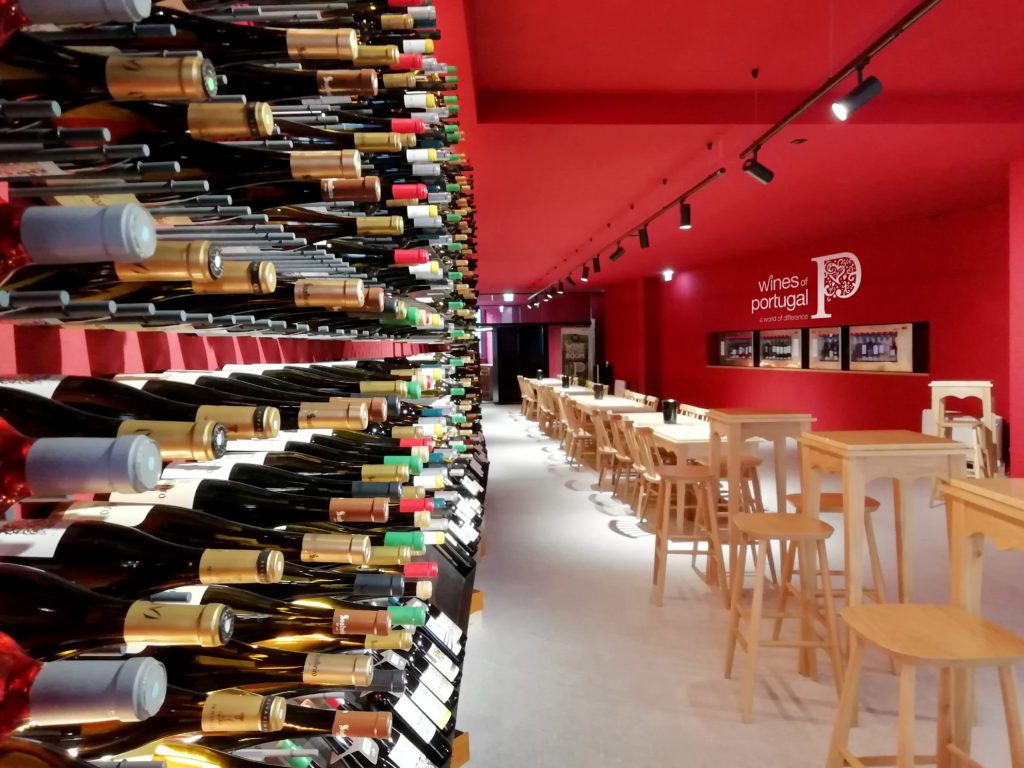
Venture west along the coast by regional train from ancient Cais do Sodre Station to the historic and absolutely gorgeous town of Cascais; the summer playland for Portuguese and European royalty before and during WWII. Here you will find Art Nouveau, Pombaline, and Rococo buildings decked out in traditional cobalt blue, white, and yellow Azulejo tiles, lining the black and white mosaic walks and streets along the Atlantic beach coast. Hidden on a winding road near the old city center is the incredibly cool A Prova Realwine bar. Once the official Royal wine cellars, the space has been transformed into a kitschy, well-stocked wine bar with plates of delicious Portuguese charcuterie, cheeses, and signature dishes to nibble on while you sip your way through a tour of Portuguese wines
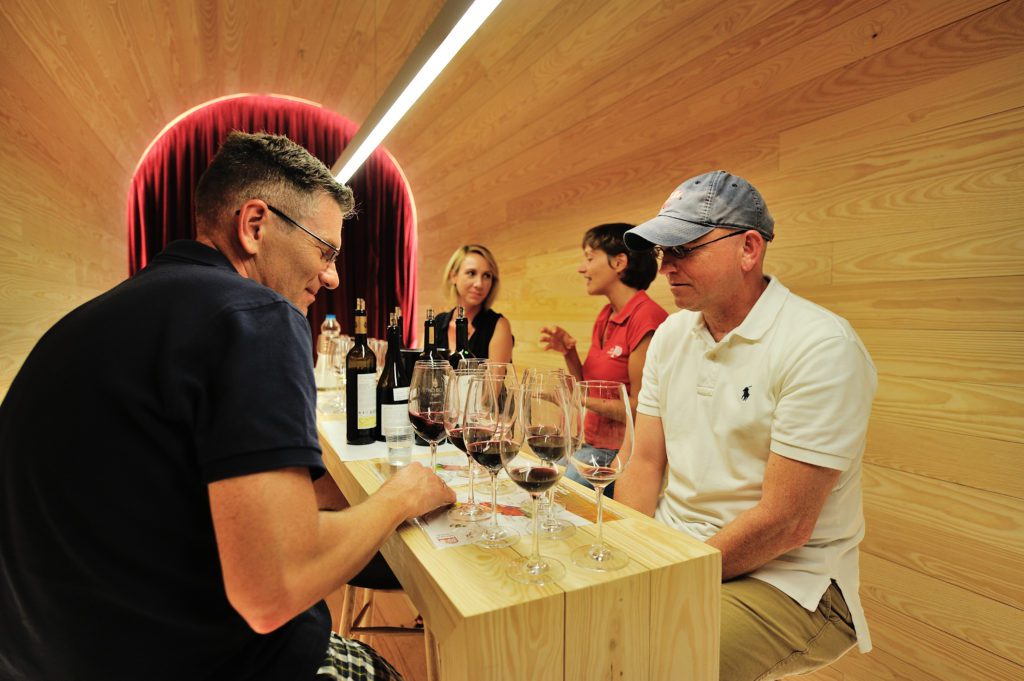
Where to Taste:
Wines of Portugal, Lisbon: Terreiro do Paço, Praça do Comércio, Lisboa, 1100-148 Portugal: https://www.winesofportugal.com/en/travel-wine/wine-travel/wines-of-portugal-tasing-rooms/
A Prova Real: Rua do Batalhão de Sapadores do Caminho de Ferro 19, Cascais, 2750-303 Portugal: https://prova.com.pt/
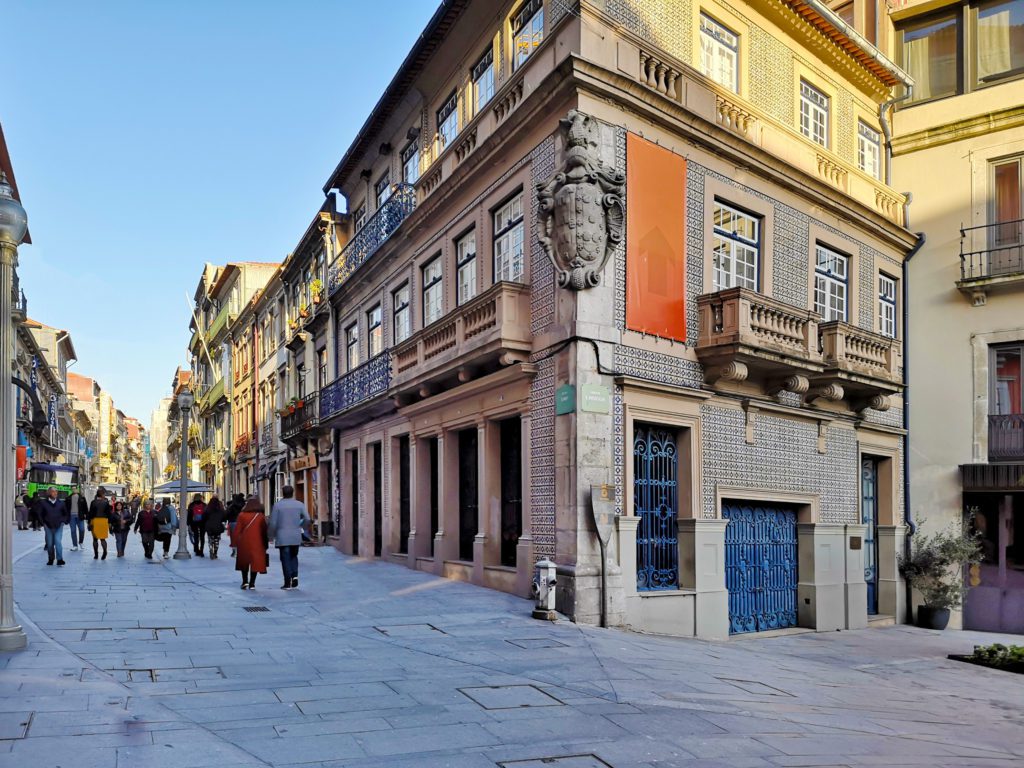
Official Designations:
- D.O.C. (Denominação de Origem Controlada) which secures a superior quality.
- Quality Wine Produced in a Specific Region (QWPSR) or VQPRD – Vinho de Qualidade Produzido em Região Demarcada
- These are the most protected wines from specific vineyards, such as Port Wine, Vinhos Verdes, and Alentejo Wines. These wines are labeled D.O.C.
- Wines that have more regulations placed upon them but are not in a D.O.C., region fall under the category of Indicação de Proveniência Regulamentada (IPR, Indication of Regulated Provenance)
- Regional Wine – Vinho Regional Carries with it a specific region within Portugal.
- Table Wines – Vinho de Mesa carries with it only the producer and the designation that it’s from Portugal.
Portuguese Wine Terms:
- Adega: Winery
- Branco: White
- Casta: Grape variety
- Colheita: Vintage year
- Doce: Sweet
- Espumante: Sparkling wine
- Garrafeira: A reserva red wine aged at least two years in a barrel and one year in a bottle; a white wine aged at least six months in a barrel and six months in a bottle.
- Maduro: Mature (in opposition to verde). Mature wines are Portuguese wines produced in all regions except the ones produced in Vinho Verde region; due to this, the term “maduro” rarely appears on bottles.
- Quinta: Vineyard
- Reserva: Superior quality wine of a single vintage
- Seco: Dry
- Tinto: Red
- Verde: Green (in opposition to maduro). Wines produced in the Vinho Verde region with a distinctive method.
- Vinho: Wine

